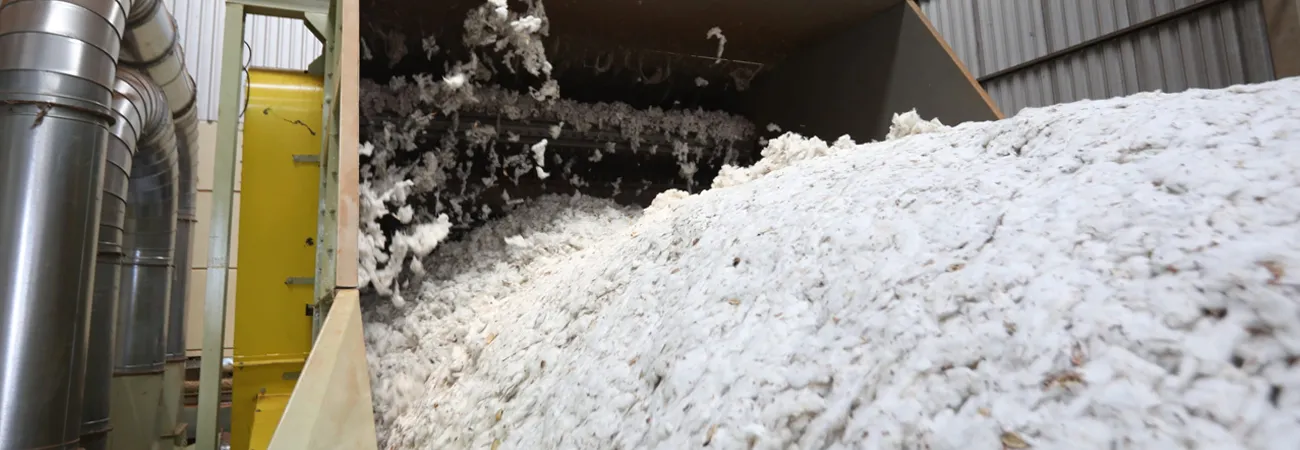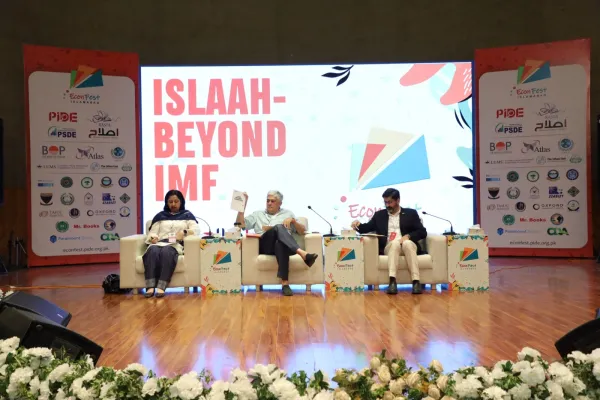i ECONOMY
The ginning factories countrywide have received the lowest volume of cotton bales in the past 10 weeks, putting an end to forecasts that Pakistan is set to witness record cotton production during 2023-24, reports WealthPK. According to the Pakistan Cotton Ginners Association (PCGA), the ginning factories in Sindh are receiving more cotton bales this season than in the Punjab province, which has witnessed the third-lowest cotton arrivals in at least the past 10 years. In fact, excluding the two monsoon flood years of 2020 and 2023, this is the worst cotton performance in a season in the province when the crop has not been declared "calamity-hit" (whether due to rains, floods, drought, or large-scale pest attack). The numbers show that the crop performance in the country has been pulled up primarily by record arrivals in Sindh, not in Punjab.
In Sindh, cotton is grown over more than one million acres in Benazirabad, Hyderabad, Jamshoro, Mirpur Khas, Naushero Feroz, Sanghar, Badin, Sukkar, Ghotki, Tharparkar, Thatta, and Umar Kot districts. Cotton is a natural fiber that is used in many products ranging from clothing to home furnishings to medical products. As a result, it is always in high demand, though its use is subject to the strengths and weaknesses of the overall economy. It accounts for 8.2 percent of the value added to agriculture and about 2 percent of the GDP. Last year, flash floods in Pakistan devastated a swathe of agricultural land, especially in Sindh and Balochistan, impacting cotton production, which witnessed a year-on-year (YoY) decline of 34 percent.
Cotton crop stands vital in agriculture as well as the textile sector, contributing around 0.6 percent to the GDP and 3.1 percent of the value added in agriculture. Cotton crop faces multiple challenges and competes with other crops, especially sugarcane. International prices also play a role. As an export-oriented raw material for the textile industry, it has been a major challenge for policymakers to maintain prices at levels competitive with the international market while ensuring adequate profitability for growers.The Sindh farmers face a high cost of inputs, including fertilizers and pesticides. Seeds are another area of concern. There is a lack of early-generation seed and research progression is inadequate for development of new varieties which can withstand pests, diseases, and climatic stresses. Research experts suggest that cotton zoning is indispensable to boosting the crop in Sindh. Such zoning, coupled with fixation of minimum indicative or intervention price, timely issuance of subsidies and improved extension services for awareness of farmers, is essential to boost cotton production in Sindh as well as the country.
Credit: Independent News Pakistan (INP)









